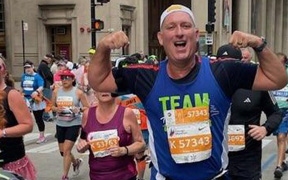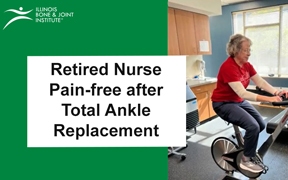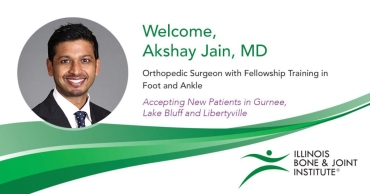Achilles tendon lengthening (ATL) is a surgical procedure that aims to stretch the Achilles tendon to allow a person to walk flat-footed without a bend in the knee, or to bring relief to chronic pain. This procedure elongates a contracted Achilles tendon by making small cuts on the tendons at the back of the ankle. As the wounds heal, the tendons elongate.
Causes of Achilles Tendon Contracture
There are several conditions that can cause Achilles contracture. These conditions cause issues with mobility of the ankle and they include:
• Cerebral palsy
• Chronic tendinitis
• Spinal cord injury
• Stroke
• Genetics
• Birth defects
• Foot deformity caused by diabetes or clubfoot
Achilles problems may show several signs that you must not ignore.
Symptoms of Achilles Contracture
The symptoms of Achilles contracture include:
• Extensive pain in the Achilles tendon
• Foot remaining in a bent position causing flat foot, forcing the knees to bend
• Abnormal toes position
• Discomfort at the back of the feet
• Poor posture
• Muscle spasticity, a muscle control disorder characterized by stiff muscles
Why Undergo ATL Surgery?
ATL surgery is performed to improve your standing and walking, and sometimes the ability to wear shoes. It can also be used to correct muscle spasticity.
How is ATL Performed?
Before surgery, you are placed under anesthesia then the back of the ankle is positioned to face the surgeon.
There are three primary procedures used in ATL surgery. The first is the percutaneous method. In this procedure, small incisions are made in the tendon through the skin using stab wounds. The cut areas move apart elongating the tendon.
The second method is called gastrocnemius recession. This procedure targets only the gastrocnemius muscle and helps to loosen the muscle fibers attached to the cord. It is used for mild cases only.
The third method is known as Z-plasty, and it is the most common. The surgeon makes a Z-shaped incision in the tendon, stretches it to a particular length, and then joins the tendon back together. This procedure offers the greatest control over the enlargement and length of the tendon.
At the end of the process, the incised area is closed using sutures or surgical staples. The area is then covered with a bandage to allow it to heal.
Post-Surgery Care
The doctor may place you under observation depending on the intensity of your initial condition. Recovery depends on the number of incisions required but on average, it takes at least six weeks in a walking cast. During this time, there is limited aggressive physical activity and movement to allow for healing of the tendon.
Need help?
If you are in pain, contact an IBJI physician for quality orthopedic care.
*This content is for information only and is not intended to replace the diagnosis, treatment, or medical advice from your treating healthcare professionals. The content does not provide medical advice, does not constitute the practice of medicine or other healthcare professional services, and does not create a doctor-patient relationship. You should not rely on this information as a substitute, nor does it replace professional medical advice, diagnosis, or treatment. If you have concerns or questions, seek the advice of your healthcare professionals. If you think you may have a medical emergency, call your doctor or 911 immediately. Do not rely on electronic communications or communicate through this website for immediate, urgent medical needs. This website is not designed to facilitate medical emergencies. The use of the information is at the reader’s own risk. The links are provided for information and convenience only. We cannot accept responsibility for the sites linked or the information found here. A link does not imply an endorsement of a site.




